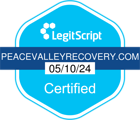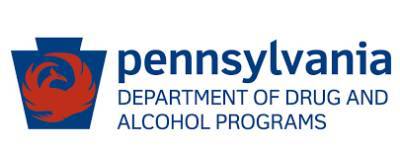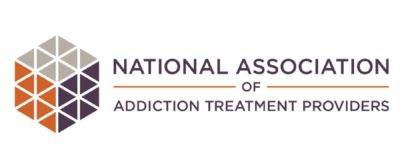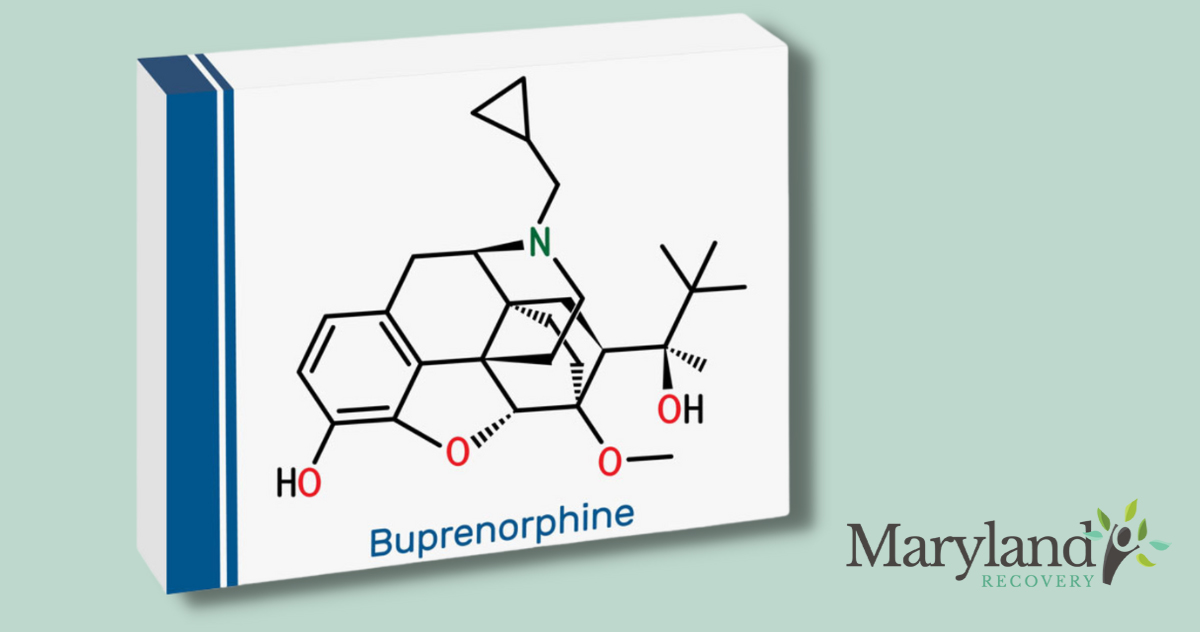What is Suboxone? Suboxone (or Suboxone strip) is a prescription medication made with buprenorphine and naloxone, used to treat people in early recovery from opiate addiction. Buprenorphine is a partial opioid agonist, which interacts with the same opioid receptors...
What is Suboxone?
![]() | Google Reviews
| Google Reviews
Peace Valley Recovery is located in Bucks County, Pennsylvania. Our mission is to provide patient-centered care that focuses on healing and recovery from addiction. This blog provides information, news, and uplifting content to help people in their recovery journey.
Suboxone (or Suboxone strip) is a prescription medication made with buprenorphine and naloxone, used to treat people in early recovery from opiate addiction.
Buprenorphine is a partial opioid agonist, which interacts with the same opioid receptors that other opiates do. This causes effects similar to other drugs, such as prescription painkillers or heroin, but those effects are much weaker. Binding to opioid receptors, buprenorphine aims to relieve cravings for stronger drugs.
Naloxone is an opioid antagonist that blocks the effects of an opioid overdose. It binds to opioid receptors and blocks the effects of any opiates in a personís system. Naloxone on its own typically comes in the form of a nasal spray or an automatic injection device. Itís usually used in emergency situations when someone is overdosing on opiates.
Suboxone is unique because it attaches to the same receptors as heroin or painkillers but does not produce the same strong high. Buprenorphine provides mild effects to relieve cravings while naloxone limits the ability to get high off the medication.
If youíre familiar with addiction treatment, you likely know what Suboxone is. You might even know someone who has been on Suboxone before. Maybe youíve been on it yourself.
Suboxone is a medication used to help people in recovery from opiate addiction. It can be a helpful part of a comprehensive treatment program when used as prescribed by a doctor. There are many positive effects of Suboxone that aid people during their first few weeks and months of recovery.
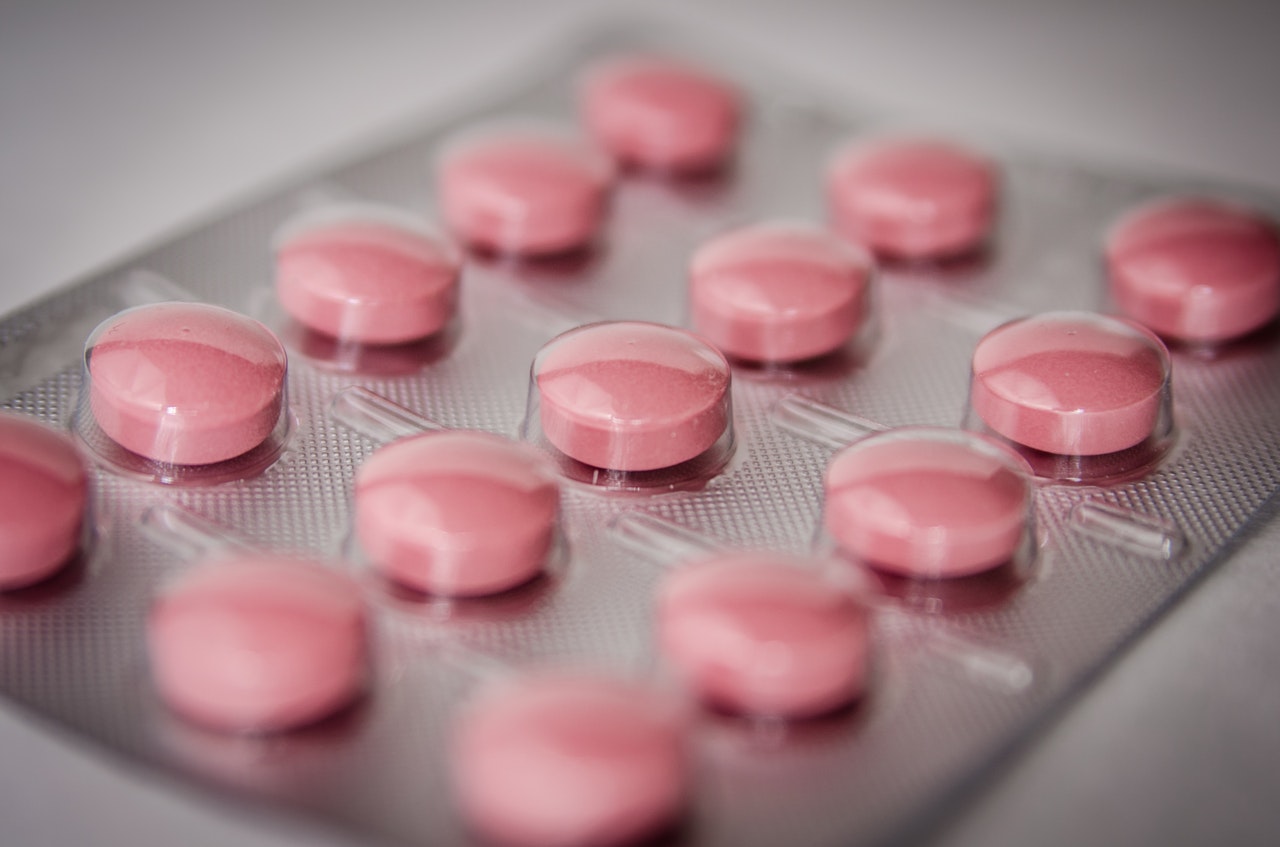
Studies have shown that the medication can lower the risk of fatal opiate overdoses by about 38 percent. Unfortunately, some risks come with using Suboxone, especially when people choose to take it in a way other than itís prescribed.
If you arenít yet familiar with Suboxone continue reading to learn more about the medication and its effects. You can find out how improper use affects people as well as how to find treatment with Suboxone if you need help getting off of opiates.
How Do You Take Suboxone?
Suboxone is an oral medication. It comes in three forms designed to be easy to take:
Sublingual tablets Sublingual film strips Buccal film stripsThe sublingual tablets and film strips are placed underneath your tongue and the buccal film strips are placed between your gums and teeth. All three forms of the medication dissolve quickly in your mouth. The film strips are similar to Listerine breath mint strips. Suboxone contains a combination of both buprenorphine and naloxone. It is available in four strengths:
2 mg buprenorphine and 0.5 mg naloxone 4 mg buprenorphine and 1 mg naloxone 8 mg buprenorphine and 2 mg naloxone 12 mg buprenorphine and 3 mg naloxoneThe goal of any effective medication-assisted treatment program is to slowly taper your dose over time. Your starting dose depends on the severity of your opioid dependence when you first arrive at treatment. Then your dose decreases throughout your program until youíre eventually separated from all medications.

Effects of Suboxone
When taken as prescribed by a physician, the effects of Suboxone are helpful during early recovery. The blend of buprenorphine and naloxone provides numerous unique benefits to individuals trying to come off of opiates.
For example, opiates are notorious for the intense physical and psychological reactions they cause when a person first quits. These reactions, or withdrawal symptoms, are the result of the brain and bodyís dependence on opiates to function. Once a person is dependent on opiates, suddenly quitting drugs shocks their system.
One of the greatest benefits of Suboxone is its impact on opiate withdrawal symptoms. Since buprenorphine is an opioid partial antagonist, it interacts with opioid receptors the same way opiates do. This interaction relieves the more intense symptoms that result from withdrawal, such as body aches, muscle spasms, and seizures.

Avoiding the withdrawal symptoms that come with the detox process keeps many people trapped in the cycle of addiction. Suboxone provides a more comfortable detox period compared to trying to quit ďcold turkey,Ē which can reduce the risk of relapse.
Suboxone Side Effects
The benefits of Suboxone do come with some mild to serious side effects. Not everyone experiences adverse reactions to the medication. The lists below contain some of the most common side effects of Suboxone.
Common Side Effects
Common side effects of Suboxone use can cause some discomfort but do not usually require medical attention. They should disappear within a few days or weeks of starting use. These include:
Opioid withdrawal symptoms Anxiety Depression Troubles sleeping Headache Sweating Nausea Sweating Weakness Fatigue Back pain Burning tongue Redness in the mouthSerious Side Effects
The serious side effects of Suboxone use are not as common but may happen in some cases. If you notice any of the following effects you should consult your doctor or seek immediate medical attention if youíre having an emergency. These include:
Abuse or dependence Breathing problems Hormone problems Serious allergic reactions Liver damage Severe withdrawal symptoms ComaResearch and Studies on Suboxone
How effective is Suboxone when itís used to treat opioid dependence? Extensive research and studies have shown many benefits of medication-assisted treatment using the drug. It reduces opioid use as well as opioid use disorder-related symptoms. It also lowers the chance of contracting an infectious disease and the criminal behavior that comes with drug use.

Evidence shows that buprenorphine-based medications like Suboxone lower the risk of mortality and other adverse outcomes. They also increase the chance that patients remain in treatment for the duration of their program.
One study revealed that 75% of patients remained in treatment for a full year with negative drug tests. Another study showed that individuals using buprenorphine for the 18 months following their treatment program were more likely to still be sober, employed, and actively involved in a 12-step group.
Risks of Suboxone Use
Like most medications, Suboxone does not come without some risks. It still causes some effects that are similar to other opiates. Low to moderate doses do cause mild euphoria and some respiratory depression. Effects of Suboxone are far weaker than the effects caused by opiates like prescription painkillers or heroin.
Mixing Suboxone with other drugs such as benzodiazepines or alcohol poses a significant risk. Possible side effects of mixing the medication with depressant drugs include respiratory distress, coma, and even death.
The naloxone in the medication limits the possibility of a true opiate-like high when taking it. It also aims to keep people from developing a Suboxone addiction. Limiting the ability to get high or become addicted doesnít keep users from developing a tolerance, though. People using Suboxone develop a physical and psychological dependence on the medication over time.
Suddenly stopping Suboxone can lead to withdrawal symptoms similar to those caused by opiates, including:
Muscle aches Nausea Vomiting Constipation Irritability Insomnia
To limit or avoid these symptoms, Suboxone treatment should include a supervised taper. The most effective method for coming off the medication is to reduce the dosage over time under the guidance of a physician to avoid possible complications.
Can You Overdose On Suboxone?
Despite its use as a treatment for opioid dependence, Suboxone is still an opioid medication. This means it comes with risks similar to other opioids, including dependence and abuse. Abusing Suboxone can lead to behaviors similar to those you initially sought treatment for, including cravings for drugs and seeking out other substances.
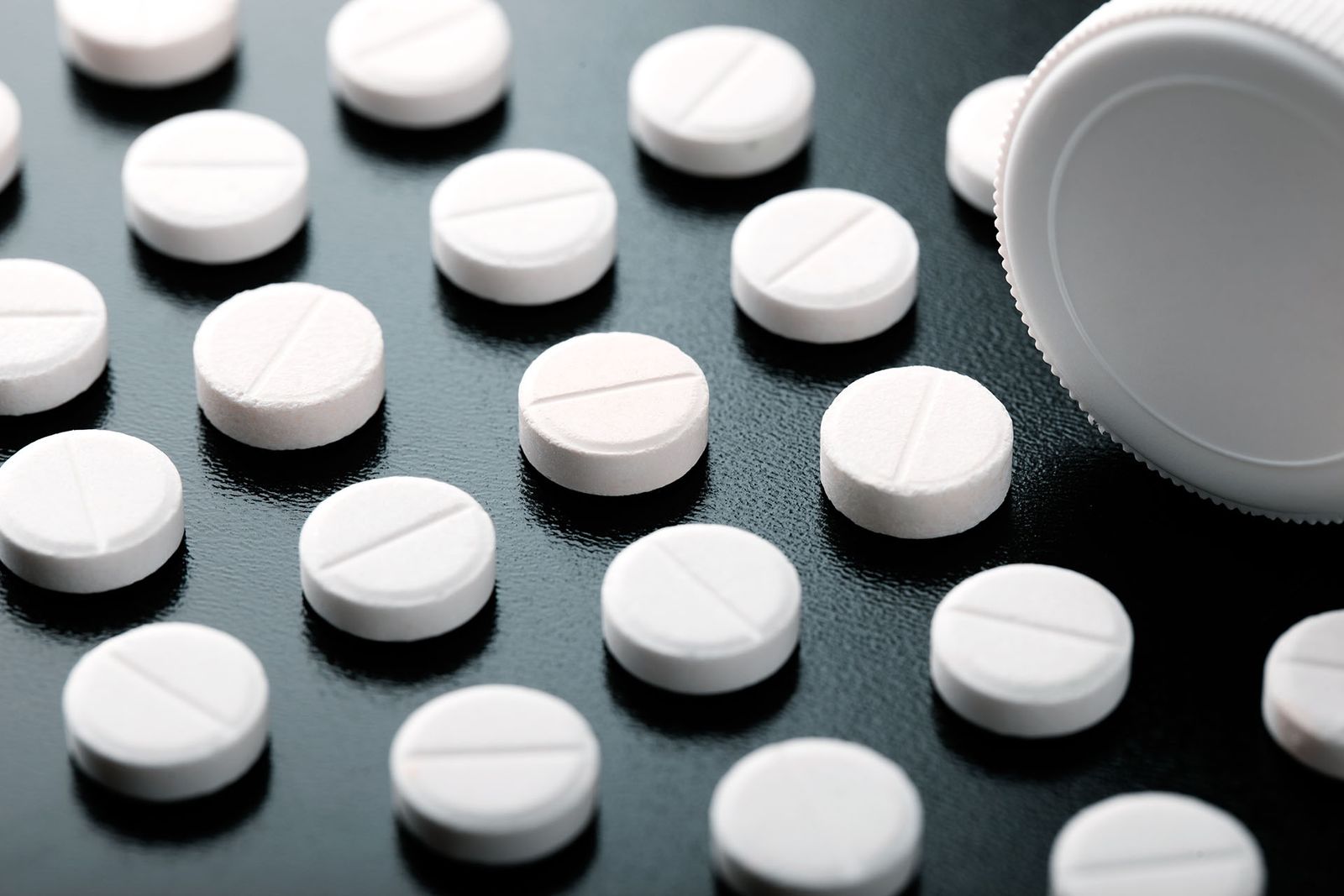
You can also overdose on Suboxone if you are abusing it. Overdose is also possible if it is used with other substances, such as other opioids, benzodiazepines, or alcohol. The naloxone in the medication reduces the effects slightly but serious overusing it can cause an overdose. Suboxone overdose is as serious as any other opioid overdose and requires immediate medical attention.
Alternatives to Suboxone
Suboxone is one of the most common medications used in medication-assisted treatment today. There are also a few alternatives to Suboxone available. The three main types of medications used to treat opioid dependence include methadone, buprenorphine, and naloxone. The main opioid dependence medications include some combination of these active ingredients.
Subutex
Subutex is a dissolvable sublingual tablet made from buprenorphine. Itís similar to Suboxone but does not contain naloxone which increases its potential for abuse.
Zubsolv
Zubsolv is a dissolvable sublingual tablet that contains both buprenorphine and naloxone. It is similar to Suboxone but has a higher bioavailability which makes it a more potent medication.
Cassipa
Cassipa is a sublingual film strip that contains both buprenorphine and naloxone. It is similar to sublingual Suboxone film strips but is a much stronger medication.
Bunavail
Bunavail is a dissolvable buccal film strip that contains both buprenorphine and naloxone. It is similar to the Suboxone buccal film strips.
Probuphine
Probuphine is an implant placed in the arm that contains buprenorphine. It is a newer medication used as a form of maintenance treatment for opioid dependence.
Sublocade
Sublocade is an injectable medication that contains buprenorphine. It is administered once a month by a medical provider as an alternative to tablet- or film-strip-form medications.
Methadone
Methadone is a medication that comes in the form of liquid, powder, or diskettes. It is similar to buprenorphine but is a full opioid agonist, making it a much more powerful medication.
Vivitrol
Vivitrol is an injectable medication that contains naltrexone. It contains no opioids as active ingredients and instead blocks the effects of all opioid drugs.
How Are Suboxone
and Methadone Different?
Suboxone isnít the only kind of medication used to treat opiate addiction. The Food and Drug Administration approved the use of Suboxone for opiate treatment in 2002. Methadone is another opiate treatment medication thatís been in use for decades, long before Suboxone was introduced.
Similar to Suboxone, clinicians use methadone to reduce opioid cravings and help people during early recovery. However, there is a major difference between Suboxone and methadone. The buprenorphine used in Suboxone is a partial opioid agonist while methadone is a long-lasting, full opioid agonist.
There is a huge difference in the strength of the two medications. Partial opioid agonists do not produce the same effects as full opioid agonists do. Buprenorphine, the active ingredient in Suboxone, is only a partial opioid agonist. Methadone, on the other hand, is a full opioid agonist. Itís a much stronger medication than Suboxone and has a far greater potential for abuse.
Suboxone is also unique because it aims to limit the strength of its opioid effects. Methadone, on the other hand, is made from opioid. Suboxoneís combination of both buprenorphine and naloxone reduces the opioid-like effects. Buprenorphine is a partial opioid agonist and naloxone is an opioid antagonist. The antagonist properties of naloxone weaken the opioid-like effects of buprenorphine. This function makes Suboxone slightly less habit-forming than methadone.
Because of the high risk of abuse, methadone is only available under the supervision of a physician through certified opioid treatment programs. Suboxone, on the other hand, is available at a variety of facilities and also as a take-home prescription. The medicationís widespread availability makes treatment accessible to more people.
Effective Suboxone Treatment
Research shows that medication-assisted treatment using Suboxone is effective for reducing opioid dependence. The use of the medication also increases the likelihood that a patient remains in treatment instead of leaving early. Thankfully, its efficacy increases the longer a person stays in their treatment program.
At the same time, despite making the detox and early recovery period more manageable, Suboxone is not a cure for opiate addiction. It doesnít address the underlying causes of substance use disorder. Instead, it provides enough relief to allow people the ability to focus their energy on treatment rather than only on staying clean.
Successful Suboxone treatment uses the medication as part of a comprehensive addiction treatment plan. It doesnít make medication the central focus but uses it as a tool to direct attention toward additional facets of addiction treatment. Utilizing Suboxone maintenance along with individual therapy, support groups, and more provides the best results.

Itís also best to take a proactive approach to Suboxone treatment. Using it without establishing a set of goals for treatment isnít the most effective method. Outlining a clear addiction treatment program that incorporates Suboxone is a better plan.
Finding Medication-Assisted Treatment
There are plenty of knowledgeable addiction treatment facilities that incorporate a medication-assisted approach to treatment. Since Suboxone is available on a prescription basis, both inpatient and outpatient treatment programs can offer it. Do you think youíd benefit from a facility that uses Suboxone as part of their opiate addiction treatment program?
If youíre interested in learning more about your options for treatment, reach out to the admissions team at Peace Valley Recovery. Our knowledgeable staff can answer any questions you may have about addiction treatment. Are you ready to take the first step? Call us today!
Sources:



